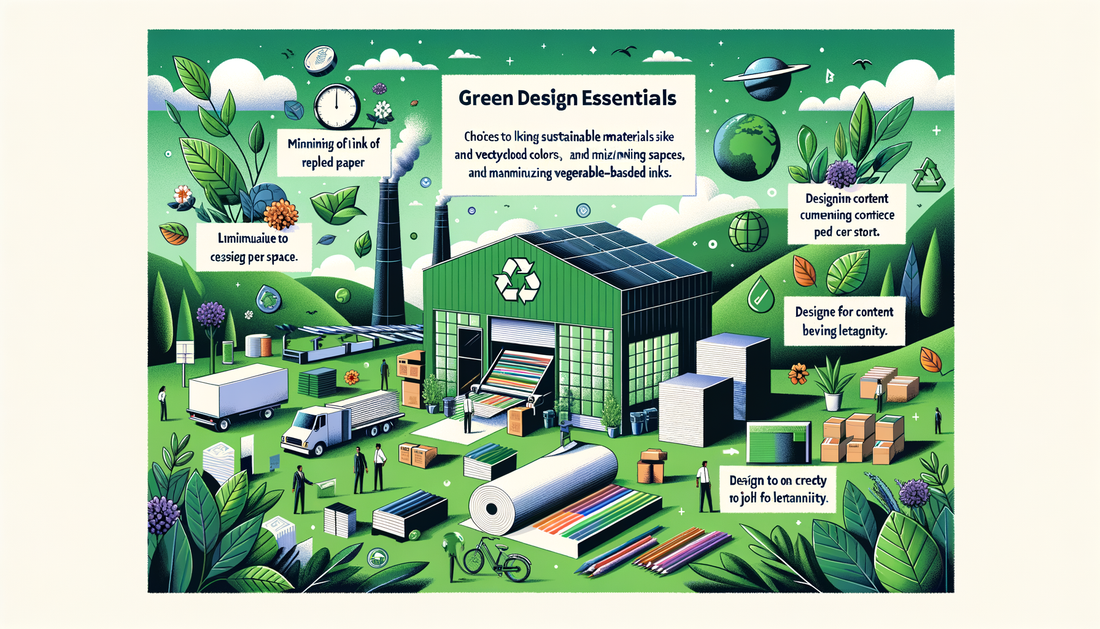Green Design: Tips for Creating Eco-Friendly Print Materials
Tony Torres
Green Design Essentials: Crafting Eco-Friendly Print Materials
With the growing concern for our planet's health, businesses and individuals alike are seeking ways to reduce their environmental footprint. One impactful approach is through green design in print materials. In this comprehensive guide, we'll explore actionable tips for creating eco-friendly print designs that not only benefit the environment but also enhance your brand's image.
Why Eco-Friendly Print Materials Matter
Before diving into the how-to's, let's understand the significance of eco-friendly print materials. The production and disposal of print materials have a considerable environmental impact, from deforestation to the energy consumed during manufacturing and the waste generated post-consumer use. By adopting green design practices, you can contribute to a more sustainable future.
Selecting Sustainable Materials for Your Prints
One of the foundational steps in green design is choosing the right materials. Opt for recycled paper, which uses less energy and water in its production and helps reduce landfill waste. Additionally, consider the ink used; soy or vegetable-based inks are more environmentally friendly than their petroleum-based counterparts.
Design Considerations for Reduced Environmental Impact
Minimize Ink Usage
When designing, think about ways to minimize ink usage. Use lighter colors, less coverage, and incorporate more white space. Not only does this save ink, but it also creates a clean and modern aesthetic.
Maximize Use of Space
Efficient use of space on the page means fewer pages are needed. Consider layout strategies that maximize content per page without compromising readability.
Design for Longevity
Create timeless designs that won't require frequent updates or reprints. This approach not only conserves resources but also solidifies your brand's visual identity.
Printing and Production: Best Practices for Sustainability
Work with eco-conscious printers who utilize renewable energy and have waste reduction systems in place. Additionally, consider the scale of your print run; ordering in bulk can reduce energy consumption and material waste.
End-of-Life Considerations for Print Materials
Think ahead to how your print materials can be repurposed or recycled once they've served their purpose. Include instructions for recycling or suggest creative ways to reuse the materials, fostering a circular economy.
Embracing Green Design in Your Print Strategy
Adopting eco-friendly practices in your print materials is not just a trend; it's a responsibility. By implementing the tips outlined in this guide, you can make a positive impact on the environment while maintaining a professional and appealing brand presence.
